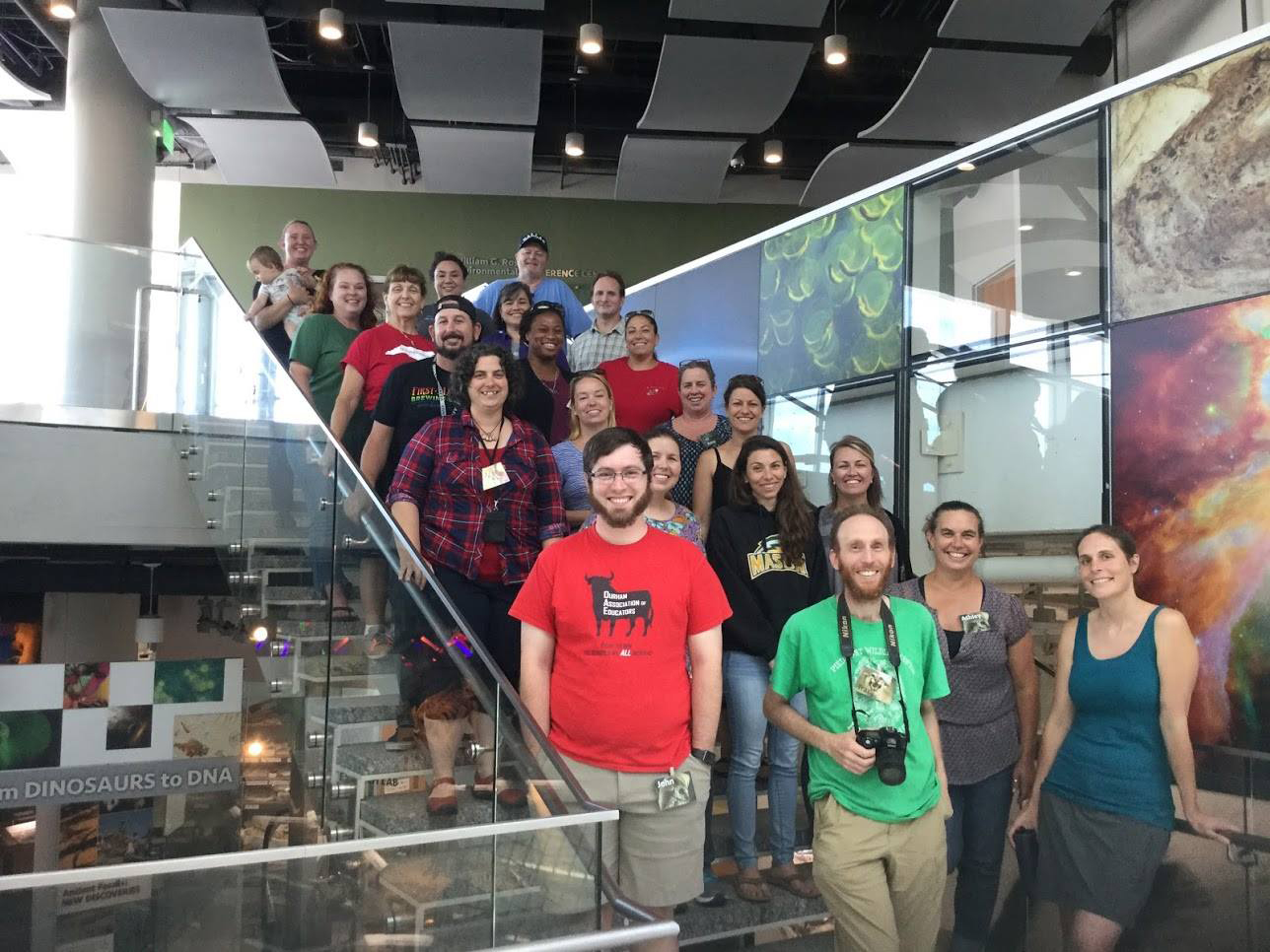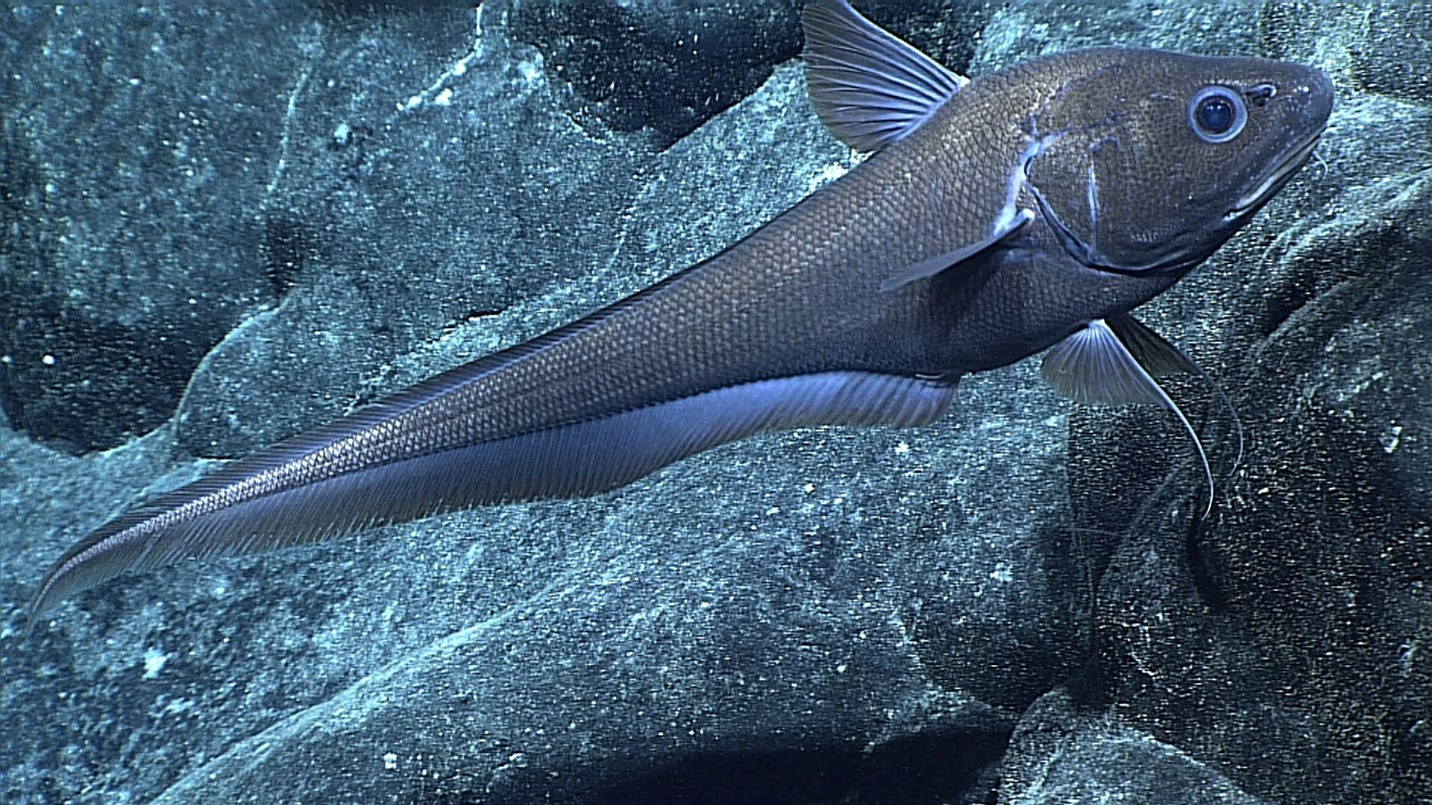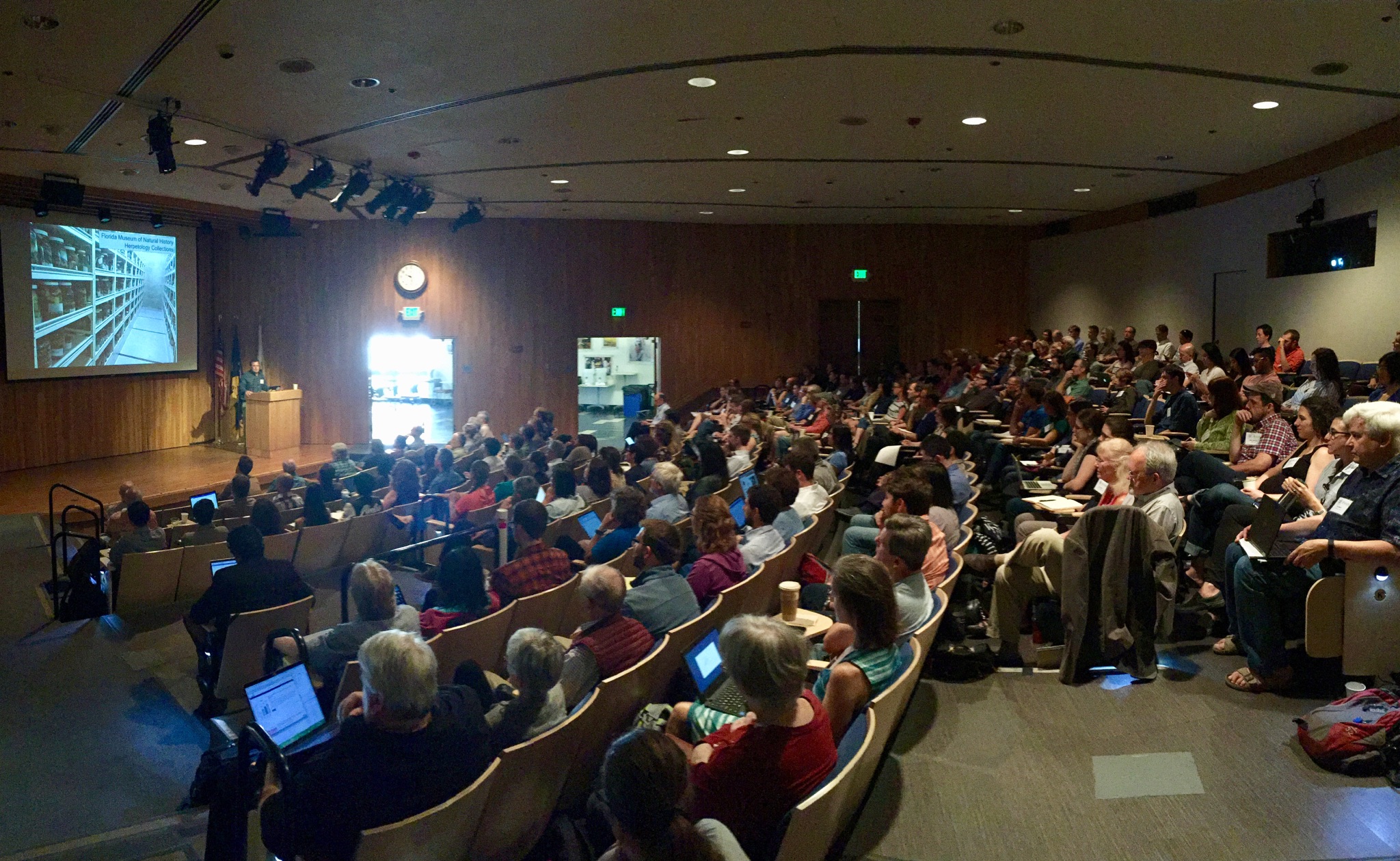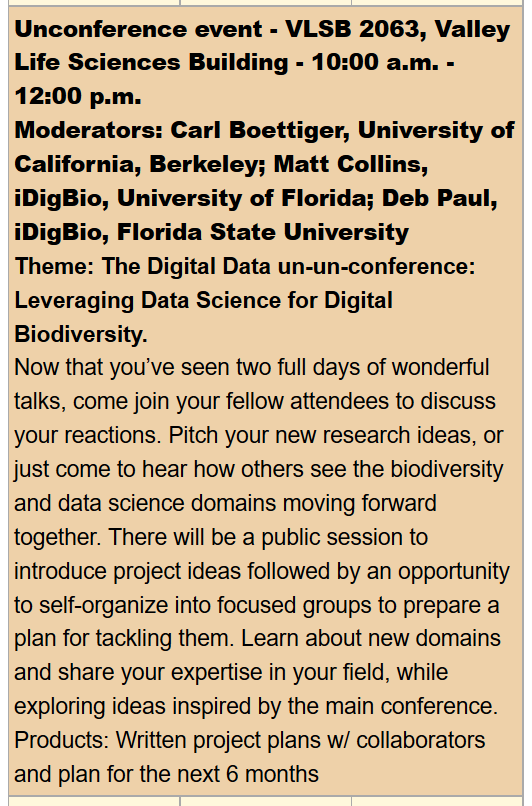Drawers, Jars and Databases: A Workshop for North Carolina Educators

Workshop Group Photo

Workshop Group Photo
 Contributed by: Mark Hereld
Contributed by: Mark Hereld
Senior Experimental Systems Engineer
Mathematics and Computer Science
Argonne National Laboratory
http://www.mcs.anl.gov/person/mark-hereld
Contributed by: Timothy J. Baroni & Andrew N. Miller
State University of New York, Cortland, NY and University of Illinois, Champaign, IL

Chlorophyllum molybdites (Image courtesy of Roy Halling)

Images courtesy of NOAA Okeanos Explorer
Contributed by Randy Singer

The Annual Conference
Contributed by: Osrica Mclean and Declan McCabe
How can you provide an authentic opportunity for undergraduate students to study geographical variation without hauling them to major metropolitan museums and arranging access to valuable specimens? This question started a slightly obsessive odyssey that began with a single coyote skull and now stands at 125 skulls….and counting.
Contributed by: Osrica Mclean and Declan McCabe
How can you provide an authentic opportunity for undergraduate students to study geographical variation without hauling them to major metropolitan museums and arranging access to valuable specimens? This question started a slightly obsessive odyssey that began with a single coyote skull and now stands at 125 skulls….and counting.
 Over 240 biodiversity and data scientists, including more than 30 students and representing at least 7 countries, assembled at University of California, Berkeley 5-7 June 2018 for the second annual Digital Data in Biodiversity Research Conference, this year subtitled Emerging Innovations for Biodiversity Data.
Over 240 biodiversity and data scientists, including more than 30 students and representing at least 7 countries, assembled at University of California, Berkeley 5-7 June 2018 for the second annual Digital Data in Biodiversity Research Conference, this year subtitled Emerging Innovations for Biodiversity Data.
Encyclopedia of Life: http://education.eol.org/
 After two days of soaking up talks and plenary keynotes focused on the theme of Emerging Innovations for Biodiversity Data, 20 participants gathered together to share what ideas inspired them.
After two days of soaking up talks and plenary keynotes focused on the theme of Emerging Innovations for Biodiversity Data, 20 participants gathered together to share what ideas inspired them.